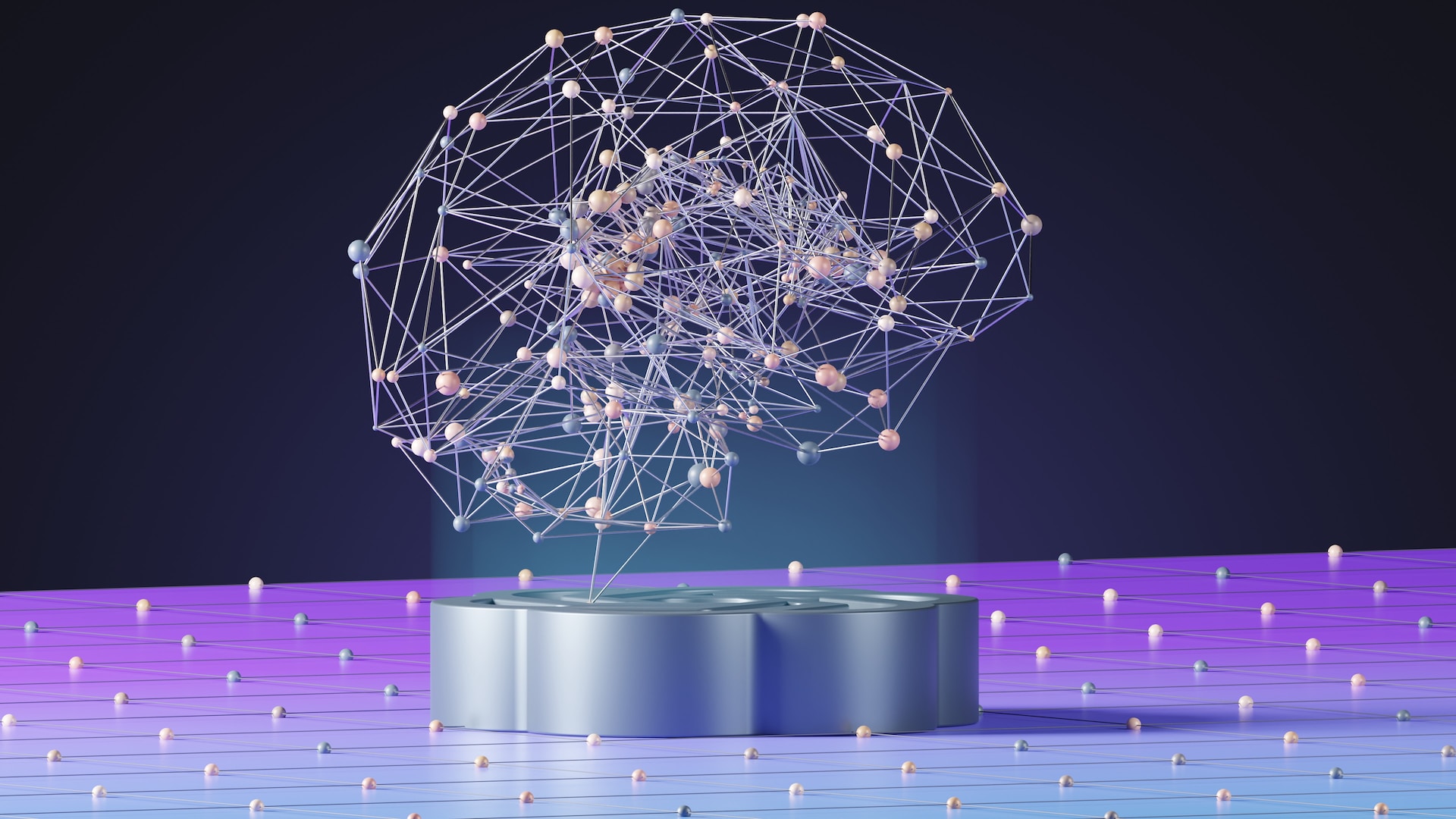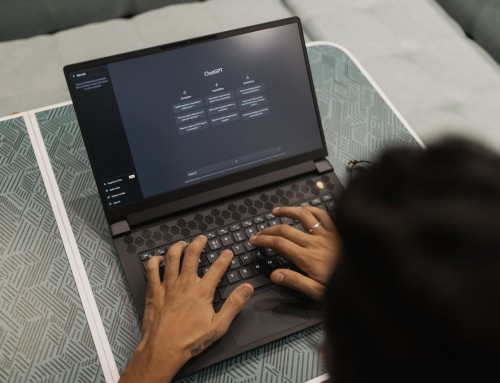In a shockingly short amount of time, artificial intelligence has changed from an idea on the margins of science fiction to an innovative force in many key sectors of human life and the global economy. For better or worse, AI’s reach has already extended to human resources and hiring policies at many large employers.
The landscape of hiring in 2023, significantly influenced and informed by AI, represents some drastic and rapid shifts in how employers find and engage with candidates. Yet, while the efficiency and scalability of AI are undeniable perks, the need for a careful human touch in the hiring process has, in some cases, only become more evident.
Leveraging AI in the Modern Hiring Process
In this digital age, the process of recruiting and hiring employees has already seen rapid and remarkable evolution. Traditional methods of seeking employment, such as newspapers, cold phone calls, and “pounding the pavement” with a stack of resumes in hand, have all but been replaced by comprehensive platforms. These platforms (and their gradual integration with the AI revolution) help job seekers zoom in on positions that are a good fit while also helping companies locate and lock down suitable candidates.
One trend that has already gained a lot of traction at more large-scale HR operations is the utilization of AI to quickly scan resumes for particular keywords or other “green flags.” These systems can search for crucial keywords related to job requirements or prerequisite skills, optimizing the initial screening process while human HR staff is free to focus on more detail-oriented work (or getting the next job posting up).
AI and Improved Decision-Making for Corporate Workflows
Data-driven decision-making that can occur responsively at any scale is another emergent AI advantage for companies willing to adopt. Operations can identify deficiencies in their staff or hiring process by analyzing good data, and with AI, this analysis can be done more rapidly and with less human bias than ever before.
For example, if a key open position is seeing a slump in applications, AI analysis can help identify whether the issue lies in the applicant pool, the job posting, or some other element of your hiring strategy. AI can also help analyze the backend of your HR and recruitment processes, such as offering feedback on which recruitment channels and tactics are providing you the best return on investment in the form of qualified, dedicated employees.
The AI Bias Debate
While we’ve already touched on the potential for AI to improve objectivity and impartiality in the hiring process, there’s also an ongoing debate about whether today’s AI systems might actually inadvertently perpetuate, rather than mitigate, existing human biases.
The United States EEOC (Equal Employment Opportunity Commission) has actually released guidance on AI use in the workplace, emphasizing that while these software tools can streamline the hiring process, employers need to remain responsible for ensuring that the methodology behind these decisions remains equitable and uncolored by bias.
You’re likely wondering how this can be, as cold, machine objectivity has been touted as one of the major selling points of AI. However, the crucial thing to understand here is that AI models are not perfectly objective robot brains grown in a sterile lab. Rather, they are human-made computer programs trained on historical data (i.e., human writings). If that historical data carries the implicit biases of its many authors, there is a risk that AI might perpetuate or even exacerbate them.
Striking a Smart Balance
AI in hiring is undoubtedly a powerful tool. Its ability to screen thousands of applications efficiently and offer data-driven insights is hard to deny. Hiring your perfect staff, however, remains a deeply human endeavor in so many ways. Good recruiting and HR revolves around understanding different cultures, gauging the skills and needs of your current staff, and, perhaps most crucially, recognizing a person’s potential beyond the mere text of a resume.
Here are some tips to help you maintain balance and keep the human element present while transitioning to more automated hiring policies:
- Transparency and Accountability: Implement clear policies detailing the role of AI in the recruitment process—and its limits. These policies should emphasize AI’s use as an assistive tool rather than a replacement for human judgment.
- Actively Counteract Bias: Engage in regular audits of any AI systems at use in your organization to ensure they don’t perpetuate existing biases or introduce new ones.
- Prioritize Human Engagement: Perhaps the most important thing to remember is that while AI can identify great matches for open roles or quickly analyze documents like resumes, the nuances of interpersonal soft skills, company culture, and individual potential for growth are better assessed by humans.
Don’t get left behind in today’s fast-paced, highly online hiring landscape. For more great content about hiring and technology, bookmark the HireScore blog.







Leave A Comment